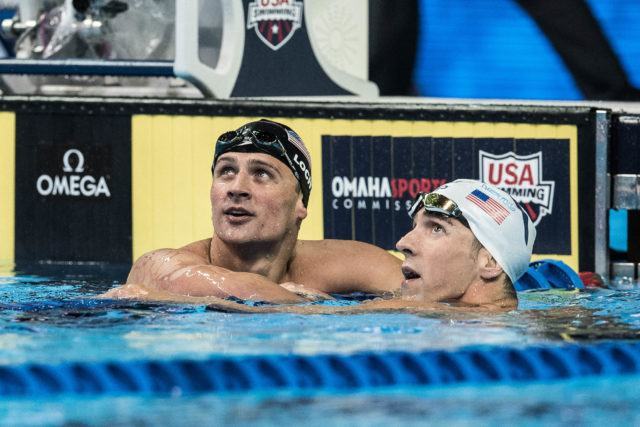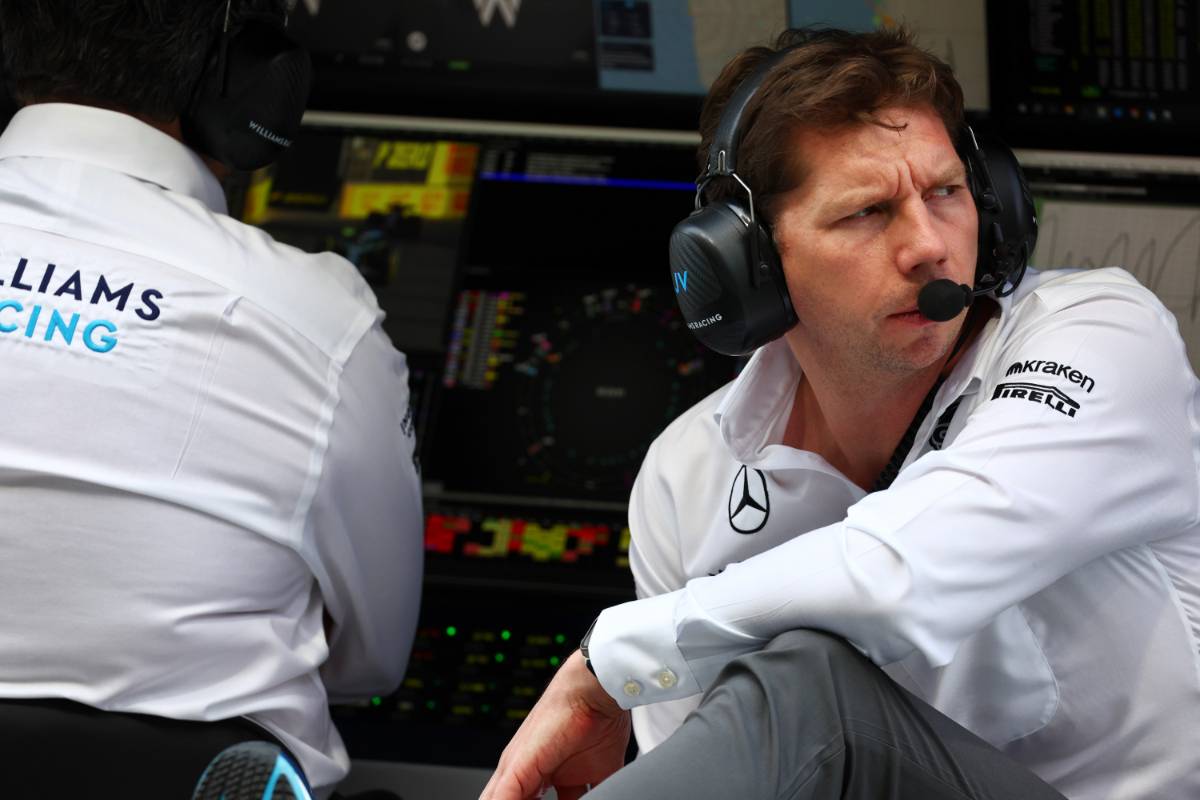By SwimSwam Contributors on SwimSwam

Courtesy: Corey He
Michael Phelps and Ryan Lochte, two of history’s greatest swimmers, are the role models of age-group swimmers across the world. Their head-to-head battles in the individual medley events are well chronicled and entertained swimming fans for more than a decade — across the span of four separate Olympic Games.
It’s hard to say which one of their head-to-head battles was the best, partly because they had so many. But today, we zone in on one of their most historic showdowns: the historic 200 IM matchup from the 2011 World Championships. Let’s start with some context.
Just three years prior, on his way to an epic eight-gold-medal Olympic performance in 2008, Phelps set a new world record in the 200 IM, turning in a time of 1:54.23 and lowering his previous world record by six-tenths of a second. He was wearing the latest Speedo LZR Racer bodysuit — with engineering input from NASA — that had been released in February 2008.
The 2009 year brought a new wave of pure-polyurethane bodysuits — including the “Arena X-Glide” — that were rumored to be even faster than Speedo’s 2008 bodysuits. And the results showed: the 2009 World Championships in Rome saw some of the fastest swims in history — among them, Paul Biedermann’s world records in the 200 freestyle (1:42.00) and 400 freestyle (3:40.07), both of which still stand today.
At these same 2009 Worlds, it was Lochte who emerged victorious in the 200 IM, touching in a time of 1:54.10 and taking a full tenth off Phelps’ world record from the previous year. Phelps did not race the 200 IM in 2009.
The “super-suit” era came to an end after the 2009 World Championships, with FINA instituting new regulations that limited men’s racing suits to the jammers that we see today. During the super-suit era, a combined total of over 100 world records — across men’s, women’s, long course, and short course swimming events — had been broken.
With super-suits now out of the picture, the swimming world seemed to take a step backward. To many, the pre-2010 world records seemed completely unbreakable — or at least borderline untouchable for the next few years.
Then came the 2011 World Championships in Shanghai.
Earlier in the meet, Lochte had out-dueled Phelps in the 200 freestyle, though Lochte’s winning time was nearly 2.5 seconds slower than Biedermann’s world record from 2009. Ironically, Biedermann was also in this same race: he won the bronze in a time nearly three seconds shy of his 2009 record. And that was the expectation: it would take quite some time for the swimming world to catch up to the super-suited benchmarks.
But hold that thought. Just two days later, Phelps and Lochte would face off yet again in the final of the 200 IM. Cue the fireworks.
At the halfway mark, Lochte turned slightly ahead of Phelps, though they were both three-tenths shy of Lochte’s 2009 super-suited world record. At the conclusion of the breaststroke, and with just 50 meters of freestyle to go, they were still three-tenths off of the mark.
The two superstars made a mad dash for the finish, going nearly stroke for stroke and pushing each other all the way to the end of the race. Phelps dug deep and crept up onto Lochte’s shoulder, though Lochte fought back and just barely held him off.
To the amazement of the swimming world — and the absolute shock of swimming commentators — Lochte had turned in a time of 1:54.00, slicing a full tenth off of his own record that he had set in the now-banned super-suit (and almost posting the first sub-1:54 swim in history).
It was the first world record to fall in 19 months.
Phelps also raced his way to a personal best, touching in a time of 1:54.16 — faster than his winning time from the 2008 Olympics. The two of them finished over three and a half seconds clear of the bronze medalist, Hungarian Laszlo Cseh — a familiar opponent.
In doing so, the two superstars had ushered in a new era of post-super suit swimming. They had proven to the world that the pre-2010 world records were not invincible.
The 2011 World Championships would see just one other world record fall: China’s Sun Yang would establish a new mark in the 1500 freestyle, though that previous world record was set back in 2001 by Australian legend Grant Hackett, which occurred before the age of Speedo LZR Racers and Arena X-Glides.
Following their legendary 2011 showdown, Phelps and Lochte would face-off a few more times in the 200 IM, though neither would ever swim as fast as they did that night in 2011. Phelps came close in 2012, winning Olympic gold in 1:54.27 ahead of Lochte; Lochte would turn in a time of 1:54.98 at the 2013 Worlds, defending his world title from 2011.
And now, nearly 15 years on, the only swimmers not named Phelps or Lochte to remotely come close to these benchmarks are China’s Wang Shun and France’s Leon Marchand, who have reached benchmarks of 1:54.62 and 1:54.82, respectively.
In many ways, that 200 IM world record from 2011 is easily one of the most unbreakable records still on the books. A truly remarkable performance by two legends of the sport — and a mind-bending performance that truly pushed the boundaries of what is humanly possible.
With all this in mind, perhaps we can take away one lesson: tech suits aren’t everything…
SwimSwam: A Battle of Titans: The Men’s 200 IM, Shanghai 2011

















You must be logged in to post a comment Login